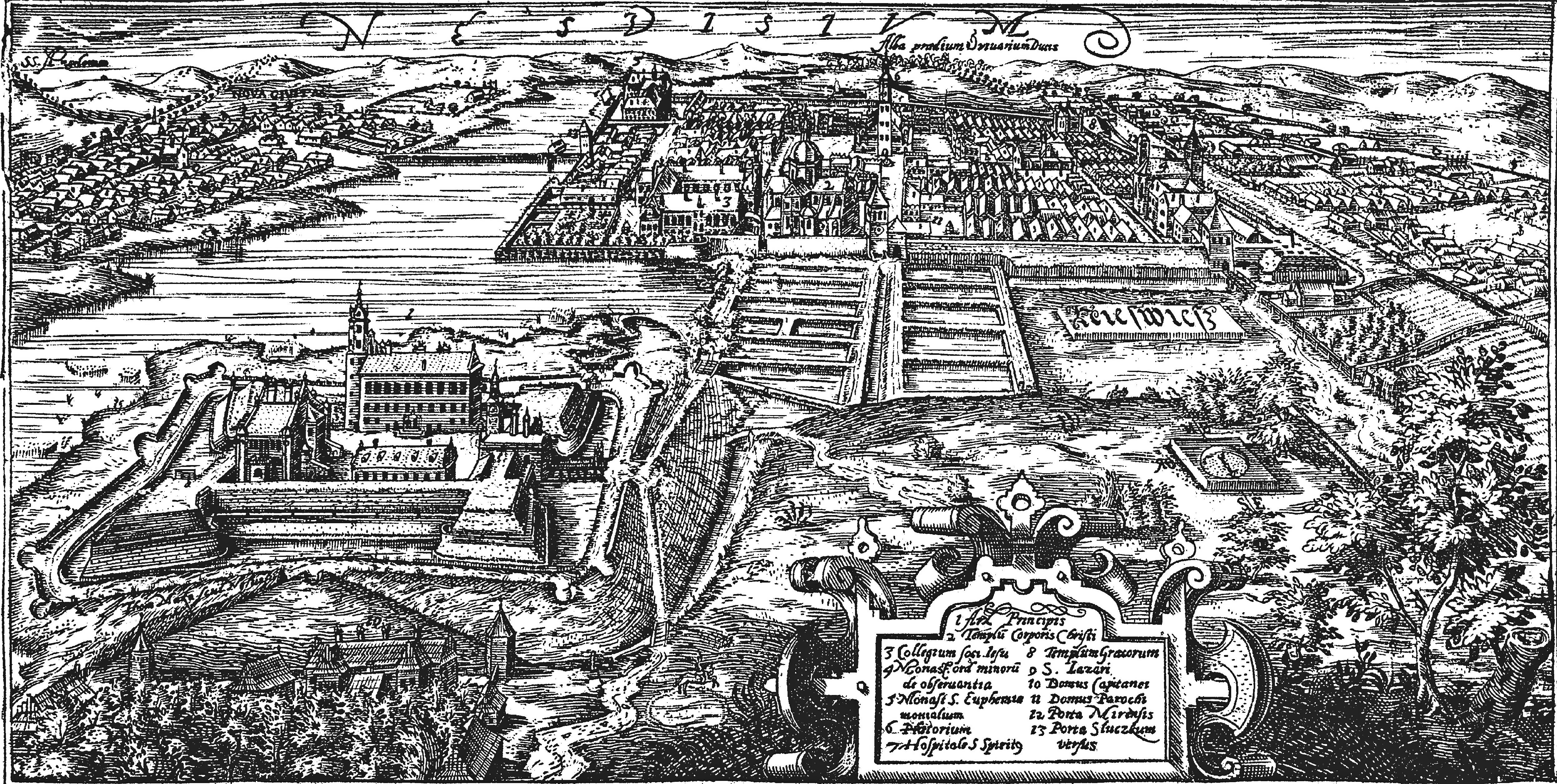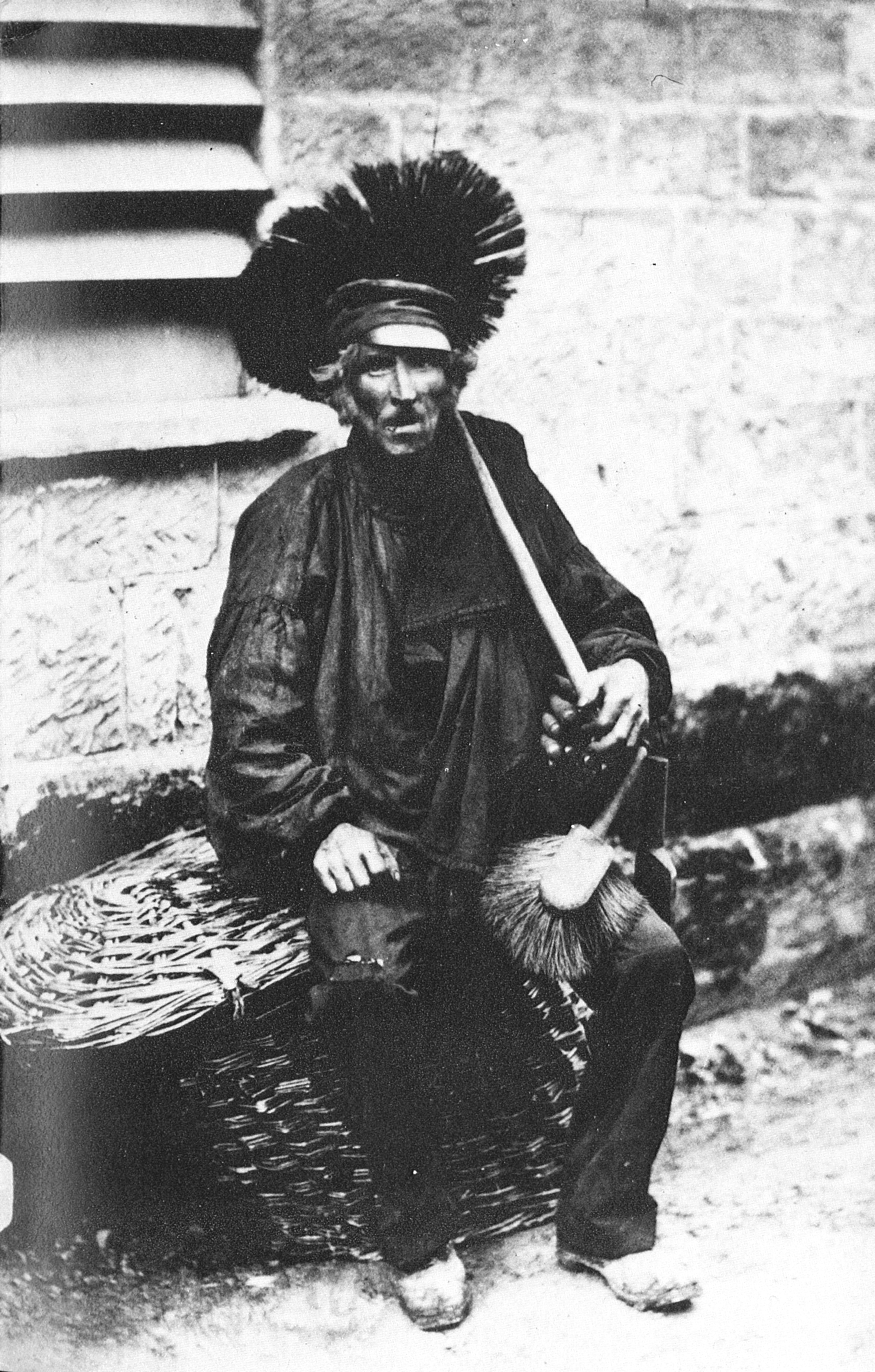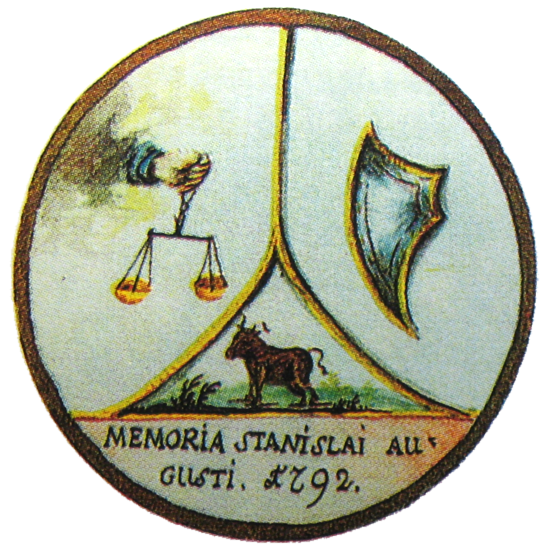|
Nachum Kaplan
Reb Menachem Nachum ben Uzziel Kaplan (1811 – October 25, 1879) was a Lithuanian Talmudist, philanthropist,Jewish Encyclopedia bibliography: *Gurvich, in ''Razsvyct'', 1879, No. 7; *Lipshitz, ''Nekrolog Rabbi Nokhim iz Grodno'' (reprinted from ''Russki Yevrei'', 1879, No. 9), St. Petersburg, 1879; *'' Ha-Ẓefirah'', 1879, No. 42; *''Ha-Meliẓ'', 1879, No. 43; *Friedenstein, '''Ir Gibborim'', pp9596, Wilna, 1880. and ''Talmid Chacham'' who was known throughout Lithuania and Poland as Reb Nachum'ke of Horodna or Reb Nahum Grodner. Rabbi Kaplan was well-versed in the Talmud and the poskim as well as in kabbalah and Acharonim. Yet, he refused to render halachic decisions (except for one occasion when it was a matter of life and death) and held the humble position of ''shammash'' (sexton) in the Synagogue ''Chevra Shas''. His piety, simplicity of life, and dedication to the community earned him recognition among the Russian Jewry. Biography Rabbi Nachum was born in Baisogala to ... [...More Info...] [...Related Items...] OR: [Wikipedia] [Google] [Baidu] |
Gabbai
A ''gabbai'' ( he, גבאי), also known as ''shamash'' (, sometimes spelled ''shamas'') or warden ( UK, similar to churchwarden) is a beadle or sexton, a person who assists in the running of synagogue services in some way. The role may be undertaken on a voluntary or paid basis. A ''shamash'' (literally 'servant') or ''gabbai'' can also mean an assistant to a rabbi (particularly the secretary or personal assistant to a Hasidic rebbe). In ma'amad, the Council of Elders (or "the board of directors") of the communities of Sephardi Jews, the position of ''gabbai'' was that of the treasurer. Etymology The word ''gabbai'' is Hebrew and, in Talmudic times, meant "collector of taxes or charity" or "treasurer". The term ''shamash'' is sometimes used for the ''gabbai'', the caretaker or "man of all work" in a synagogue. Duties While the specific set of duties vary from synagogue to synagogue, a gabbai's responsibilities will typically include ensuring that the religious services run ... [...More Info...] [...Related Items...] OR: [Wikipedia] [Google] [Baidu] |
Pikuach Nefesh
''Pikuach nefesh'' ( he, פקוח נפש, lit=watching over a soul) is the principle in Halakha (Jewish law) that the preservation of human life overrides virtually any other religious rule of Judaism. In the event that a person is in critical danger, most ''mitzvot'', including those from the Ten Commandments of the Torah, become inapplicable if they would hinder the ability to save oneself or someone else in such a situation. However, there are certain exceptions; some rules and commandments may not be broken under any circumstances and thus sanction an act of self-sacrifice. Origin and interpretation Biblical source The Torah, in Leviticus 18:5, states simply: "You shall keep My statutes and My laws, which a person shall do and shall live by them. I am the ." Ezekiel 20:11 states the following: "And I gave them my statutes, and showed them my judgements, which if a man do, he shall even live in them." Talmudic discussion In the Talmud (Yoma 85b), Samuel of Nehardea interpret ... [...More Info...] [...Related Items...] OR: [Wikipedia] [Google] [Baidu] |
Gemara
The Gemara (also transliterated Gemarah, or in Yiddish Gemo(r)re; from Aramaic , from the Semitic root ג-מ-ר ''gamar'', to finish or complete) is the component of the Talmud comprising rabbinical analysis of and commentary on the Mishnah written in 63 books. At first, Gemara was only transmitted orally and was forbidden to be written down, however after the Mishnah was published by Judah the Prince (c. 200 CE), the work was studied exhaustively by generation after generation of rabbis in Babylonia and the Land of Israel. Their discussions were written down in a series of books that became the Gemara, which when combined with the Mishnah constituted the Talmud. There are two versions of the Gemara. The Jerusalem Talmud (Talmud Yerushalmi), also known as the Palestinian Talmud, was compiled by Jewish scholars of the Land of Israel, primarily of the academies of Tiberias and Caesarea, and was published between about 350–400 CE. The Talmud Bavli (Babylonian Talmud) was pu ... [...More Info...] [...Related Items...] OR: [Wikipedia] [Google] [Baidu] |
Nesvizh
Nesvizh, Niasviž ( be, Нясві́ж ; lt, Nesvyžius; pl, Nieśwież; russian: Не́свиж; yi, ניעסוויז; la, Nesvisium) is a city in Belarus. It is the administrative centre of the Nyasvizh District (''rajon'') of Minsk Region and site of Niasviž Castle, a World Heritage Site. Its 2009 population is 14,300. History Nesvizh was first documented in 1223. It was part of the Grand Duchy of Lithuania until 1793, but the Grand Duchy was part of the Polish–Lithuanian Commonwealth since 1569. In the 15th century, while still a minor town, it belonged to the Kiszka family and later to the Radziwiłł family, and remained the family's seat until 1813. In 1561 or 1562 Maciej Kawęczyński founded the print works of the Polish Brethren. The first Belarusian language book printed in Latin script, a catechism by Symon Budny, was published in Nesvizh in 1562. The ''Nieśwież Bible'' ('' Biblia nieświeska''), one of the oldest Polish translations of the Bible, also by ... [...More Info...] [...Related Items...] OR: [Wikipedia] [Google] [Baidu] |
Chimney Sweep
A chimney sweep is a person who clears soot and creosote from chimneys. The chimney uses the pressure difference caused by a hot column of gas to create a draught and draw air over the hot coals or wood enabling continued combustion. Chimneys may be straight or contain many changes of direction. During normal operation, a layer of creosote builds up on the inside of the chimney, restricting the flow. The creosote can also catch fire, setting the chimney (and potentially the entire building) alight. The chimney must be swept to remove the soot. In Great Britain, master sweeps took apprentices, typically workhouse or orphan boys, and trained them to climb chimneys. In the German States, master sweeps belonged to trade guilds and did not use climbing boys. In Italy, Belgium, and France climbing boys were used. The occupation requires some dexterity, and carries health risks. History The Tudors in England had established the risk of chimneys and an ordnance was created in 1582 ... [...More Info...] [...Related Items...] OR: [Wikipedia] [Google] [Baidu] |
Mir Yeshiva (Belarus)
The Mir Yeshiva ( he, ישיבת מיר, ''Yeshivas Mir''), commonly known as the Mirrer Yeshiva ( yi, מירער ישיבה) or The Mir, was a Lithuanian yeshiva located in the town of Mir, Russian Empire (now Belarus). After relocating a number of times during World War II, it has evolved into three yeshivas, one in Jerusalem, with a subsidiary campus in Brachfeld, Modi'in Illit, and the other two in Brooklyn, New York: the Mir Yeshiva, and Bais Hatalmud. Origins The Mirrer Yeshiva was founded in 1815, 12 years after the founding of the Volozhin Yeshiva, by one of the prominent residents of a small town called Mir (then in Grodno Governorate, Russian Empire), Rabbi Shmuel Tiktinsky. After Rav Shmuel's death, his youngest son, Rabbi Chaim Leib Tiktinsky, was appointed rosh yeshiva. He was succeeded by his son, Rav Avrohom, who brought Rabbi Eliyahu Boruch Kamai into the yeshiva. During Rabbi Kamai's tenure the direction of the yeshiva wavered between those who wished to in ... [...More Info...] [...Related Items...] OR: [Wikipedia] [Google] [Baidu] |
Ashmyany
Ashmyany ( be, Ашмя́ны; Łacinka: ''Ašmiany''; russian: Ошмя́ны; lt, Ašmena; pl, Oszmiana; yi, אָשמענע, ''Oshmene'') is a town in Grodno Region, Belarus, located at 50 km from Vilnius. The town is Ashmyany District's capital. It lies in Ashmyanka's river basin. The town was the birthplace of the general Lucjan Żeligowski and Jewish Soviet partisan Abba Kovner. Name Since time immemorial, Ašmena and its surroundings were ethnic Lithuanian territory. However, many of the indigenous inhabitants died out during the wars, famine and plague in the late 17th and the early 18th centuries, and the number of Slavic colonists grew. Lithuanians were slavicized along the Minsk-Ašmena-Vilnius axis, and by the mid-19th century, the numbers of Lithuanian-speakers had severely decreased. Presently, its Lithuanian past is sealed in the towns's name, which is of Lithuanian origin. The town's name is derived from the name of the ''Ašmena'' (modern Ashmyanka Riv ... [...More Info...] [...Related Items...] OR: [Wikipedia] [Google] [Baidu] |
Vilnius
Vilnius ( , ; see also other names) is the capital and largest city of Lithuania, with a population of 592,389 (according to the state register) or 625,107 (according to the municipality of Vilnius). The population of Vilnius's functional urban area, which stretches beyond the city limits, is estimated at 718,507 (as of 2020), while according to the Vilnius territorial health insurance fund, there were 753,875 permanent inhabitants as of November 2022 in Vilnius city and Vilnius district municipalities combined. Vilnius is situated in southeastern Lithuania and is the second-largest city in the Baltic states, but according to the Bank of Latvia is expected to become the largest before 2025. It is the seat of Lithuania's national government and the Vilnius District Municipality. Vilnius is known for the architecture in its Old Town, declared a UNESCO World Heritage Site in 1994. The city was noted for its multicultural population already in the time of the Polish–Lithuanian ... [...More Info...] [...Related Items...] OR: [Wikipedia] [Google] [Baidu] |
Luokė
Luokė ( Samogitian: ''Loukė'', pl, Łukniki) is a town in Telšiai County, Lithuania Lithuania (; lt, Lietuva ), officially the Republic of Lithuania ( lt, Lietuvos Respublika, links=no ), is a country in the Baltic region of Europe. It is one of three Baltic states and lies on the eastern shore of the Baltic Sea. Lithuania .... According to the 2011 census, the town has a population of 629 people. The Church of All Saints is located in the town. References Towns in Lithuania Towns in Telšiai County Telšiai District Municipality Shavelsky Uyezd {{TelšiaiCounty-geo-stub ... [...More Info...] [...Related Items...] OR: [Wikipedia] [Google] [Baidu] |
Maggid
A maggid ( he, מַגִּיד), also spelled as magid, is a traditional Jewish religious itinerant preacher, skilled as a narrator of Torah and religious stories. A chaplain of the more scholarly sort is called a '' darshan'' (). The title of ''maggid mesharim'' ('a preacher of uprightness'; abbreviated ) probably dates from the sixteenth century. There have long been two distinct classes of leaders in Israel—the scholar and rabbi, and the preacher or ''maggid''. That the popular prophet was sometimes called "maggid" is maintained by those who translate (''maggid mishne'') , by "the maggid repeats" ( Löwy, "Beqoret ha-Talmud," p. 50). Like the Greek sophists, the early maggidim based their preaching on questions addressed to them by the multitude. Thus the Pesiqta, the first collection of set speeches, usually begins with "yelammedenu rabbenu" ('let our master teach us'). An excellent example is the Passover Haggadah, which is introduced by four questions; the reciter o ... [...More Info...] [...Related Items...] OR: [Wikipedia] [Google] [Baidu] |
Yeshiva
A yeshiva (; he, ישיבה, , sitting; pl. , or ) is a traditional Jewish educational institution focused on the study of Rabbinic literature, primarily the Talmud and halacha (Jewish law), while Torah and Jewish philosophy are studied in parallel. The studying is usually done through daily ''shiurim'' (lectures or classes) as well as in study pairs called '' chavrusas'' (Aramaic for 'friendship' or 'companionship'). ''Chavrusa''-style learning is one of the unique features of the yeshiva. In the United States and Israel, different levels of yeshiva education have different names. In the United States, elementary-school students enroll in a ''cheder'', post- bar mitzvah-age students learn in a ''metivta'', and undergraduate-level students learn in a ''beit midrash'' or ''yeshiva gedola'' ( he, ישיבה גדולה, , large yeshiva' or 'great yeshiva). In Israel, elementary-school students enroll in a ''Talmud Torah'' or ''cheder'', post-bar mitzvah-age students l ... [...More Info...] [...Related Items...] OR: [Wikipedia] [Google] [Baidu] |
Šiauliai
Šiauliai (; bat-smg, Šiaulē; german: Schaulen, ) is the fourth largest city in Lithuania, with a population of 107,086. From 1994 to 2010 it was the capital of Šiauliai County. Names Šiauliai is referred to by various names in different languages: Samogitian ''Šiaulē'', Latvian ''Saule'' (historic) and ''Šauļi'' (modern), German (outdated) ''Schaulen'', Polish ''Szawle'', Russian Шавли (Shavli – historic) and Шяуля́й (Shyaulyai – modern), Yiddish שאַװל (Shavel). History The city was first mentioned in written sources as ''Soule'' in Livonian Order chronicles describing the Battle of Saule. Thus the city's founding date is now considered to be 22 September 1236, the same date when the battle took place, not far from Šiauliai. At first, it developed as a defence post against the raids by the Teutonic and Livonian Orders. After the Battle of Grunwald in 1410, the raids stopped and Šiauliai started to develop as an agricultural settlement. ... [...More Info...] [...Related Items...] OR: [Wikipedia] [Google] [Baidu] |








